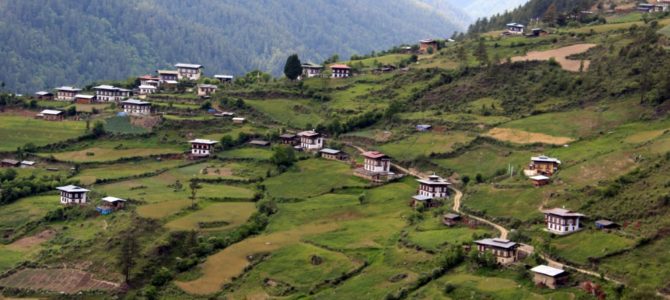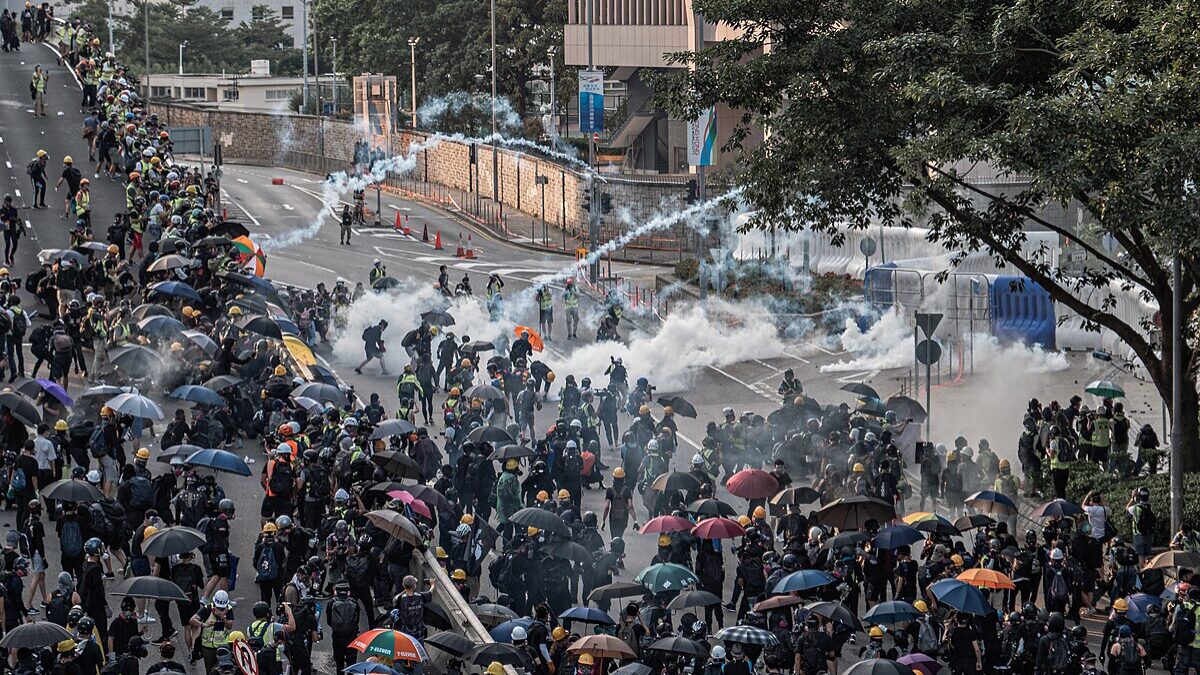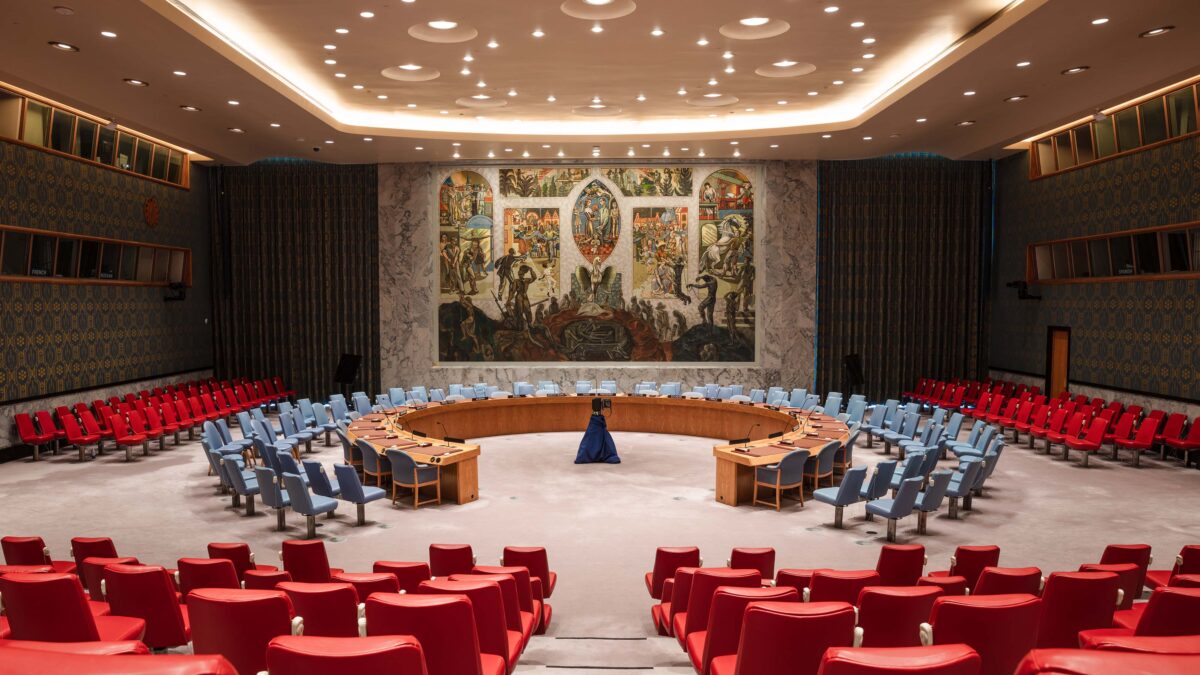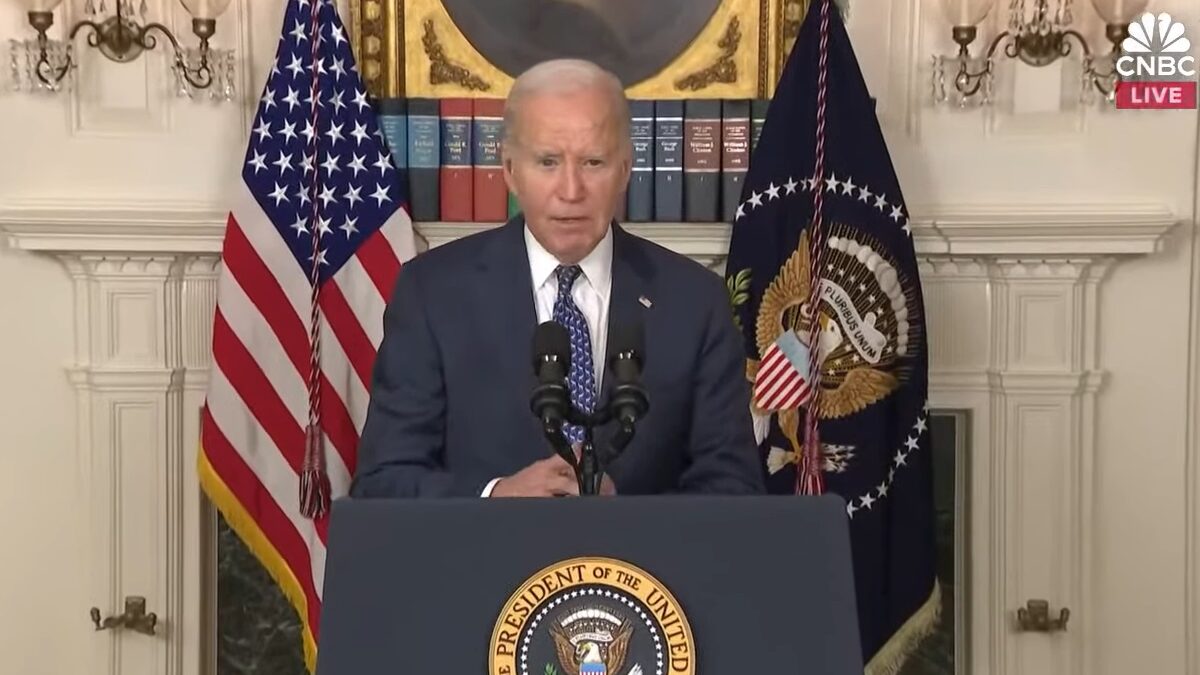
Foreign Policy magazine recently dropped a bombshell: China has built an entirely new village in an area historically and internationally recognized as part of neighboring country Bhutan’s territory. Moreover, China did it through a “gray zone invasion,” without firing a single shot, causing any military conflict with Bhutan, or even drawing any international attention until after the fact. The revelation is a reminder of how far the Chinese Communist Party is willing to go to fulfill its global ambitions.
For decades, CCP leaders have sought to assure the rest of the world that China’s rise is peaceful and never seeks hegemony. Instead, the CCP promised that Communist China would be a benevolent superpower with no ambition to expand its territory, and would simply enjoy peaceful cultural exchange and trade with other nations.
The rest of the world took the CCP’s promise at face value and cheered on China’s rise, failing to realize that under Xi Jinping’s leadership, the CCP developed an unconventional gray zone strategy to expand its territorial claim by following the “if I built on it, it’s mine” strategy.
The South China Sea Trial
The CCP first tested out its gray zone operation in the South China Sea, international water containing overlapping claims from China and several other Southeast Asian countries. Between 2013 and 2015, China has staked claims to more than 3,200 acres of land in the South China Sea by building artificial islands. Satellite images show China militarizes these artificial islands with runways, ports, aircraft hangars, radar and sensor equipment, and other military buildings.
The Chinese government also established a new city and two administrative districts to legitimize its claims over these man-made islands and surrounding water. Thus, China completed its expansion in the South China Sea without engaging its neighbors in traditional naval warfare.
Today, China claims more than 90 percent of the South China Sea as its territory, a claim no other country accepts. China uses this claim to justify the aggressive responses of its coast guard to the normal commercial activities of other countries in the area, declaring the “freedom of navigation” operations of the United States and its allies conducted in the international water somehow violate China’s sovereignty.
Since the CCP faced little consequence for its territorial expansion in the South China Sea, it was emboldened to deploy a similar gray zone operation high in the Himalayas.
The Road to Bhutan
The kingdom of Bhutan is a small nation of 800,000 people, resting on the eastern edge of the Himalayas. It’s a beautiful and peaceful country, with the majority of its population practicing Tibetan Buddhism. Unfortunately, this tiny nation is straddled between China and India, two superpowers in Asia.
Historically, Bhutan has a good relationship with India and relies on India for its security. Although Bhutan has ongoing border disputes with China, Bhutan has avoided bloody armed conflicts with its powerful neighbor. Instead, the two nations have engaged in two dozen rounds of negotiations since the 1980s, hoping to solve their border disputes in a peaceful way. During the negotiation in 2016, the CCP began its gray-zone operation in Bhutan.
Based on Chinese media reports and satellite images, Robert Barnett, a well-known researcher of Tibetan history and politics, reports the Chinese government constructed three new villages inside internationally recognized Bhutan’s territory. Gyalaphug, the largest settlement China has built so far, is located in Beyul, one of Bhutan’s most sacred Buddhist locations.
Gyalaphug currently has several hundred residents and is equipped with “66 miles of new roads, a small hydropower station, two Communist Party administrative centers, a communications base, a disaster relief warehouse, five military or police outposts, and what are believed to be a major signals tower, a satellite receiving station, a military base, and up to six security sites and outposts.”
Based on this description, Gyalaphug is more than a new village. It is a brand new town that China created out of thin air.
Without Firing a Shot
Beijing insists there is nothing wrong with building a village in Beyul because it is China’s territory. Yet not so long ago, Beijing seemed to acknowledge Bhutan’s claim over Beyul. Barnett uncovered that official Chinese maps from the 1980s and official Chinese tourist maps and gazetteers published in the late 1990s all presented Beyul as part of Bhutan. In addition, China promised that “no unilateral action will be taken to change the status quo on the border” in a 1998 treaty with Bhutan.
Barnett points out that Beijing violated the Bhutan-China treaty by building several settlements unilaterally inside an area where China recognized as Bhutan’s territory previously. What’s even more problematic to Barnett is that China’s action “involves a strategy that is more provocative than anything China has done on its land borders in the past.” Professor Hal Brands of Johns Hopkins University called what China did in Bhutan an “invasion in the gray zone” because “Beijing has executed a fait accompli” without deploying the People’s Liberation Army.
According to Barnett, the real strategic target of China’s land-grabbing is not Bhutan but India. Since 1990, China has offered to return some areas it controls in the Beyul region to Bhutan, exchanging Bhutan’s territory around the Doklam Plateau, an area adjacent to India. China believes controlling Doklam will give the People’s Liberation Army a significant advantage over the Indian army if China and India go to war.
So naturally, Bhutan has rejected China’s offer out of fear that India will balk at such a land swap. Besides, Bhutan believes it has rightful claims in both Beyul and Doklam. China’s “land swap” deal essentially asks Bhutan to choose which territory it is willing to give up. No sovereign nation would accept such a proposition.
Not getting the answer it wanted, China tried to unilaterally build a road through the Doklam Plateau in 2017, which resulted in a 73-day military standoff between India and China. Consequently, China had to put its road construction through Doklam on hold. Therefore, Barnett suspects that China now uses the new settlements in Beyul, an area with religious significance to Bhutanese, to pressure Bhutan to accept China’s “land swap” deal.
Why America Must Raise the Alarm
Bhutan has no other option as a tiny country but to endure China’s gray zone invasion in silence. It can afford to antagonize neither China nor India. But foreign powers, especially the United States, shouldn’t remain silent for three reasons.
First, China’s gray zone ventures in the South China Sea and Bhutan demonstrate that the CCP’s past assurance of no “territorial expansion” is not genuine. Clearly, the CCP has ambitious territorial expansion goals. If unchecked, other China’s neighbors (some allies of the United States) may find themselves the next target of gray-zone actions. Without support from the international community, especially the United States, these nations will have no choice but to eventually become vassal states of China.
Second, although China accomplished its territorial expansion in the South China Sea and Bhutan without involving its People’s Liberation Army, it has always quickly secured its newly gained territories with military equipment, facilities, and PLA soldiers, demonstrating that China has every intention to defend itself and its territorial gains vigorously with traditional armed forces.
The situation in the South China Sea shows that once China establishes control, any attempts made by the United States or its allies to enforce international rules in the area will become a high-risk operation that could very well lead to direct military conflict. Therefore, the best way to address China’s gray-zone operation is to act before China creates irreversible “facts on the ground” and the cost of any intervention becomes too high.
Third, China’s expansions in the South China Sea and Bhutan have exposed loopholes in existing international rules, which are only sufficient to address traditional armed invasions but are inadequate to confront gray-zone procedures. The international community recognizes that China’s gray-zone operations threaten the rules-based liberal world order, but no one knows the proper response.
A time like this calls for American leadership to update international rules, so there is no room for gray-zone operations in the future, and any offender will face serious consequences. Otherwise, some authoritarian regimes may copy China’s actions and endanger peace and security in other regions.
Bhutan may be a tiny country thousands of miles away from Washington, D.C, but China’s actions against Bhutan carry significant implications the United States cannot afford to ignore.









